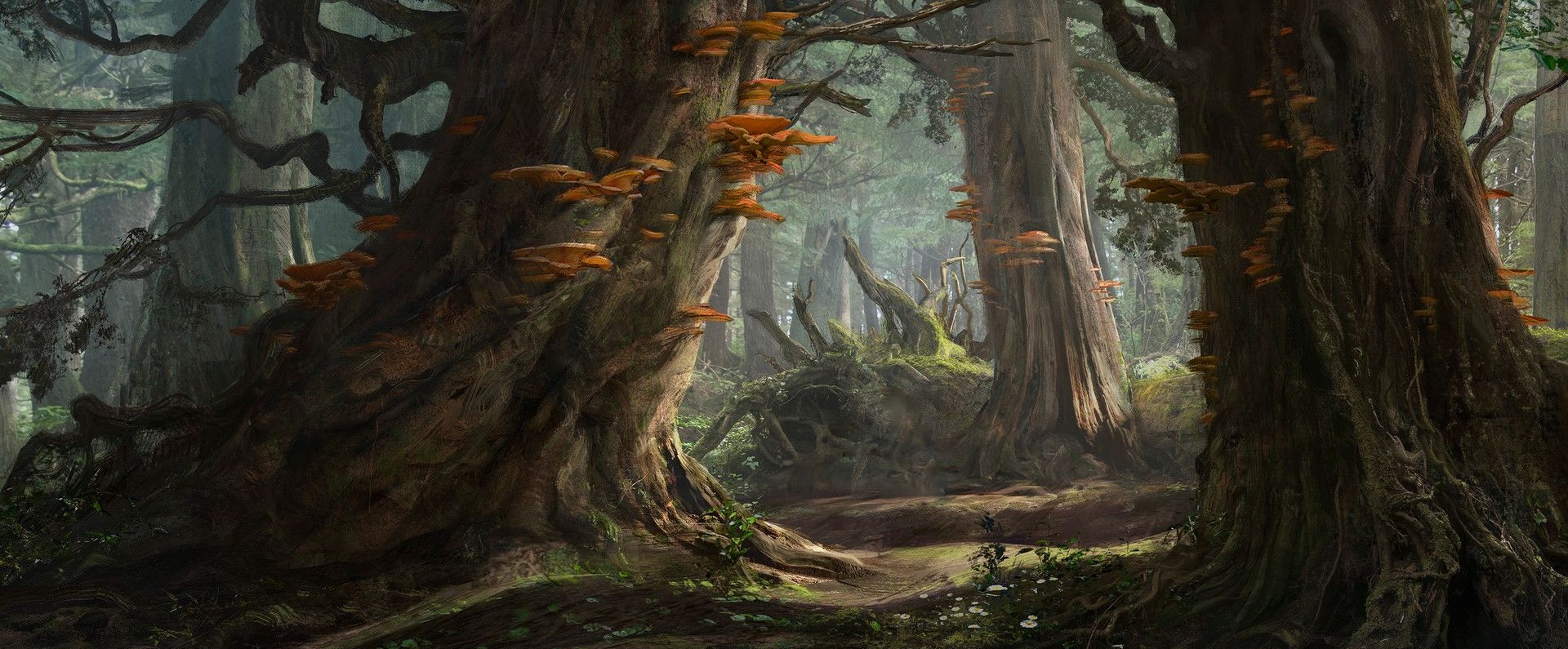Bloodspecks
Tiny red blossoms which, when applied to the skin as a paste, can alleviate the harm of contact poisons, acids or burns.
Properties
Material Characteristics
Bloodspecks are tiny red blooms that cluster in large groups as low lying patches on the ground, creating the imagery which gave them their name.
Compounds
When the petals are crushed and added to a small quantity of water, they form a thick paste which when applied to the skin provides a soothing counteraction to the pain of contact poisons, burns and even some skin conditions. There is some suggestion that as well as easing the pain this paste also goes some way towards healing the damage, but this is as yet untested.
Geology & Geography
Bloodspecks are most commonly found growing as large patches in areas of dark forest undergrowth. They are easy to find in that their bright red flowers show up strongly against the damp undergrowth of the forest, but hard to locate in that the areas where they are known to grow - dense forest where the sun rarely penetrates the thick canopy - are not usually easily accessible.
History & Usage
History
The usefulness of bloodspecks in medicine or alchemy was forgotten knowledge until very recently, when Llywelyn Amberhide, a cleric from the Arcane Library at the The Royal Palace, discovered an ancient text detailing the name and description of this plant, along with its usage in medicine.
Discovery
The cleric who re-discovered the plant, or at least its usefulness, succeeded in locating and sampling the plant from a large patch found growing in the deeper sections of The Great Forest. The original discoverer of this plant and its properties has been lost to time, as has the author of the scroll which allowed the recovery of the lost knowledge.
Distribution
Trade & Market
It is likely that this new discovery will for a short time be quite valuable, as all the various herbologists, alchemists and healers rush to acquire samples for their collections and ingredient cabinets. As the plant itself is not rare however, at least not in those areas of the forest where it grows, it is likely that there will be a steady drop off in value over time as more samples are collected or cultivated.
Type
Organic
Taste
Said to taste extremely bitter, this plant - both flower and leaf - is poisonous when ingested.
Color
Vibrant red
Related Locations




Comments